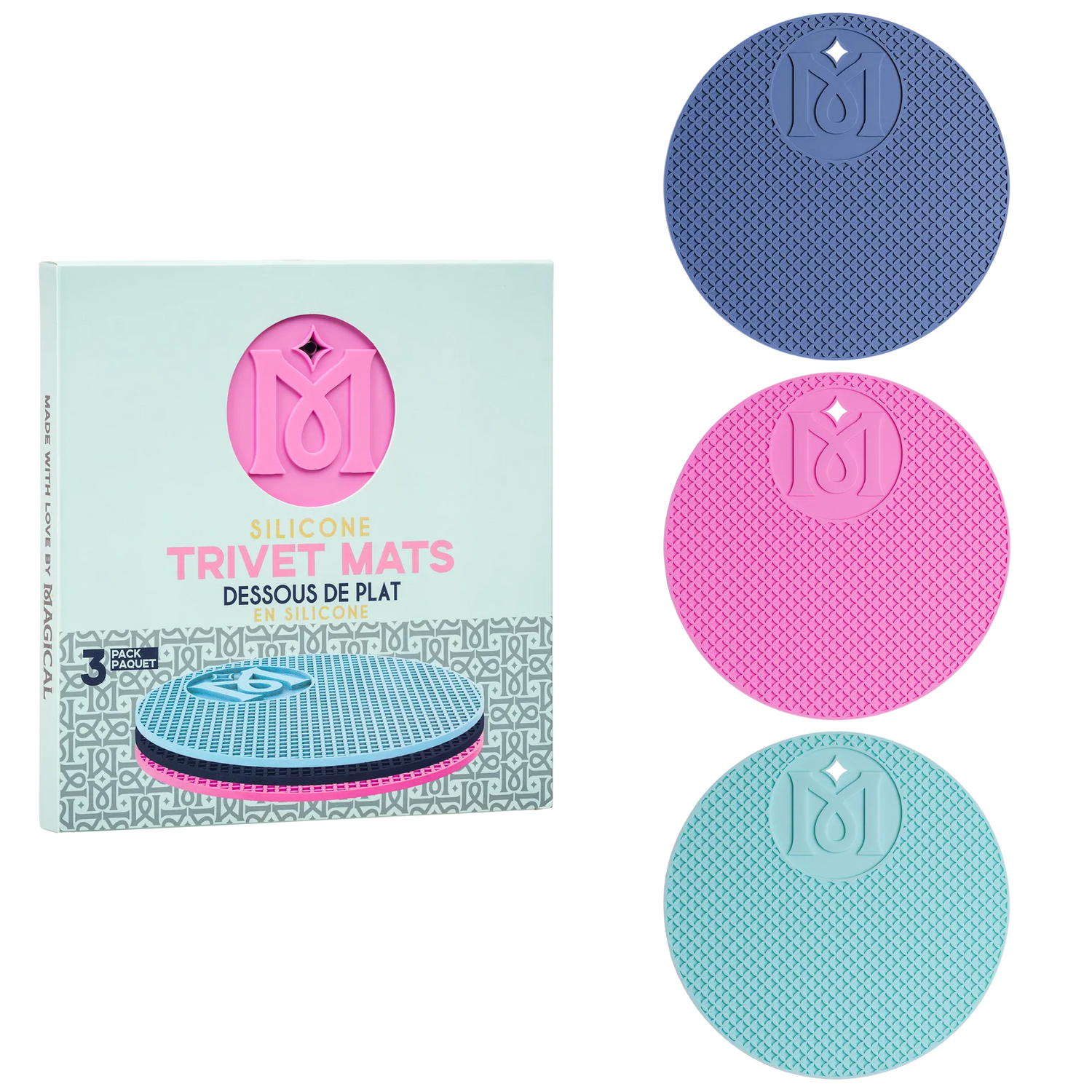The world is full of life that’s far too small for us to see; and while we tend to think of all microbes as pathogens just waiting to make us sick, there are so many more that we couldn’t live without. Microbes in our gut break down the food we eat so we can absorb the nutrients, and in soil, the same process is taking place in the root zone.
When we talk about fertilizers and nutrients, we like to think that roots take up water and the nutrients in the soil just get pulled along with it. While this is true for hydroponics, soil works in a much more complicated way.
Rhizosphere
In the natural world, beneficial bacteria and fungi create a web of life under the soil. Whole colonies, thousands of different microorganisms, that many of us never stop to think about. After all, it's just dirt, right?
The rhizosphere, or root zone, is a booming metropolis. Each organism has a role to play, a job that benefits not just itself, but the plants and microbes it interacts with as well. Without these interactions, plants struggle to take up nutrients and experience slowed growth and deficiencies. In soils void of microbial life, only the most opportunist of plants can survive, usually, we call them weeds.

Mycorrhizae
In nature, mycorrhizal fungi are present in all soil that has both oxygen and plants growing in it. Mycorrhizae (my-CORE-iz-ay) are beneficial fungi that coat or even invade the roots of plants. They extend the root zone by reaching out tiny threads into the soil and connecting to other plants. The fungi take sugars from the plants, and in return provide the roots with bioavailable nutrients. Digging or tilling will break these networks, so care should be taken to avoid disturbing soil as much as possible.
For indoor gardening or containers, many soil mixes have been sterilized to prevent weeds or pathogens from proliferating. For that reason, mycorrhizae have to be introduced to the soil. A number of brands now offer pre-inoculated growing media, such as Foxfarm Happy Frog. If you are using coco coir or soil that has not been inoculated, there are several effective products on the market, such as Xtreme Gardening Mykos or Dynomyco. The most common forms are granules or powder that are mixed into the soil or sprinkled on top.

Beneficial Bacteria
Just a handful of soil can contain billions of bacteria, most of which are dormant. Bacteria are short-lived, single-celled organisms that contain high amounts of nitrogen. There are thousands of types of bacteria, and different types perform different ecosystem services within the soil.
Aerobic bacteria are those that prefer or require oxygen to live. Most beneficial bacteria are aerobic, while pathogens tend to be anaerobic (prefer or require a lack of oxygen). When soils become compacted, the lack of oxygen can lead to an increase in pathogenic bacteria and plant diseases. However many beneficial bacteria improve soil structure, increasing pockets of oxygen and water within the soil. Called decomposers, they consume dead plant matter high in carbon, breaking it down and releasing a glue-like substance that holds soil particles together.
Nitrogen-fixing bacteria take nitrogen from the air and convert it into a form that plants can use. They do this by secreting an enzyme called nitrogenase, which combines reactive nitrogen with oxygen or hydrogen. When combined with oxygen it creates nitrites or nitrates, when combined with hydrogen it creates ammonia or ammonium.
Other bacteria are responsible for breaking down sulfur, phosphorus, and potassium into forms that are easier for plants to take up. When bacteria are consumed by protozoa and nematodes, the nutrients stored in the bacteria are released.
Having an abundant, diverse population of bacteria in your soil will increase crop yields, nutritional value, flavor, and aroma. Beneficial soil bacteria help to fight off crop diseases by increasing competition for resources, giving pathogens less chance of survival. One of the easiest ways to encourage varied bacteria is to have a variety of plants. While they can withstand tilling, applications of synthetic nitrogen fertilizer will kill most beneficial bacteria.
There are many popular methods for adding bacteria to your soil, from ‘do it yourself’ to store-bought. Of the DIY variety, there’s compost, compost tea, or IMO (indigenous microorganism) solution. These can take a few days to a year depending on the method. If you prefer the store-bought kind, Fish Sh!t and King Crab are both reliable options.
Enzymes
While we are talking about microbes, this is probably a good time to talk about enzymes. Enzymes are biological catalysts, usually proteins, that are produced by living organisms like bacteria. Enzymes speed up chemical reactions, converting the substances they act upon into new molecules. Each enzyme acts upon a specific substance in a specific way.
In gardening, enzymes can be used to speed up the decomposition of dead cells and plant debris in your root zone. This can be especially important for hydroponics where decaying matter can increase the chances of pathogens that cause root rot. Products like Hygrozyme, Sensizym, and CYCO Zyme are hydro safe enzyme solutions to keep your system running clean.

As we learn more about soil microbes, there’s no doubt we will find even more amazing things they do for our plants. Around the world, soil health is declining. The best way we can preserve soil health in nature is to practice no-till, organic gardening in our outdoor spaces.
For questions about how to increase the health of your garden or indoor grow space, comment below or call 404-464-8313 and we’ll be happy to help you.





